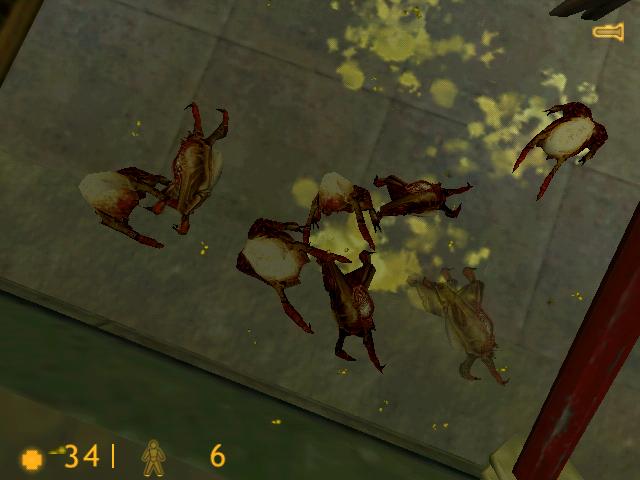
The contents of a 1-ton cylinder of chlorine can cause coughing and respiratory discomfort in an area of 3 square miles. Because chlorine gas is denser than air, it stays close to the ground when released. Airborne concentrations greater than 3-5 ppm by volume are detectable by smell, and exposure to 4 ppm for more than 1 hr can have serious respiratory effects. The formation of other chlorinated organics, specifically trihalomethanes (THM), poses an environmental threat to public drinking water supplies.Ĭhlorine gas is also a toxic respiratory irritant. Some of these reactions, such as those with hydrocarbons, alcohols, and ethers, can be explosive. Chlorine reacts with organic materials to form oxidized or chlorinated derivatives. Like oxygen, chlorine gas can support the combustion of some substances. One volume of liquid chlorine yields approximately 500 volumes of chlorine gas, which is neither explosive nor flammable. When condensed, it becomes a clear, amber liquid with a density about 1 times greater than water. Chlorine gas is greenish-yellow, and its density is about 2 times that of air.

Scheele in 1774 and identified as an element by Humphrey Davy in 1810. Physical Properties and Aqueous ReactionsĬhlorine in its gaseous state was discovered by Karl W. This powerful oxidizing agent is used for:Īlthough chlorine is beneficial for many uses, its use carries safety and environmental concerns. Oxidizing Antimicrobials in Industrial Cooling SystemsĬhlorine is one of the most versatile chemicals used in water and wastewater treatment.


 0 kommentar(er)
0 kommentar(er)
